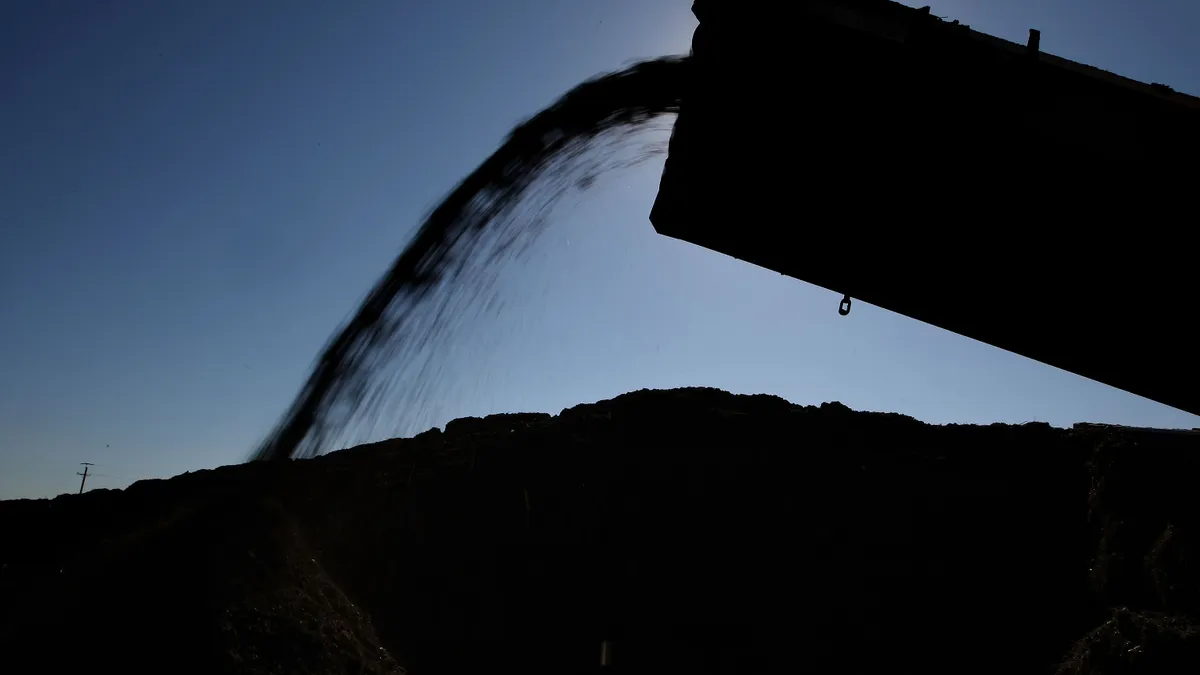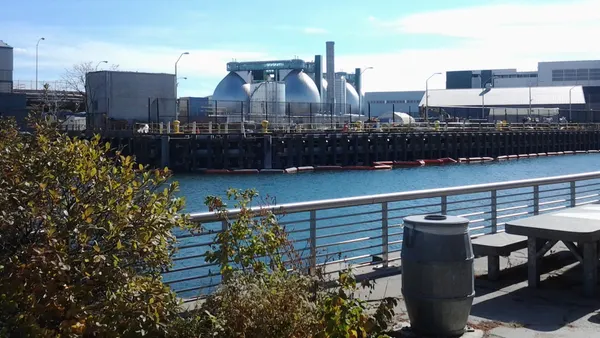The USDA opened applications for its Composting and Food Waste Reduction program last week. The program provides funding to local and tribal governments, schools and other entities to take on projects that build composting facilities, expand them or otherwise encourage the use of composting.
This is the fifth year of the program, and it will use “remaining funds” allocated to USDA through the American Rescue Plan Act, according to a news release. Last year, the CFWR program provided funding for 38 cooperative agreements across 23 states.
The agency considers the program to be a pilot. From 2020 through 2022, USDA allocated more than $12 million for accepted projects, according to federal data. In 2023, it added more than $11 million in new commitments for projects that are expected to run through 2026.
The CFWR program encourages applicants to identify multiple project partners to assist in their project implementation, which is expected to take place over two years. Awardees must match 25% of the funding they receive from the federal government through the program. This year’s application period ends Sept. 4.
USDA’s composting initiatives have proven popular, Agriculture Secretary Tom Vilsack said in an interview following the announcement of the National Food Loss and Waste Reduction and Recycling Organics Strategy.
"As we've done the composting cooperative agreements, we've seen great interest in that, and I think it's going to continue to grow," he noted. "It's incumbent upon us to basically take a look at resources.”
Vilsack said he's met with industry groups that represent composters and urged them to get specific about how they could use additional funding so he can push for resources in the farm bill, the USDA's five-year budget and reauthorization currently working its way through Congress.
"The more specific you can become, the easier it is for me to factor it into the budget," he said.
In its comments on the draft food waste strategy released in December, the U.S. Composting Council urged federal agencies to ensure program funding goes to small, medium and large-scale composting facilities alike. The organization also called for assistance to local governments to help them identify what size composting facility would best serve their community.
The final strategy noted USDA is committed to investing $30 million over three years through the CFWR program. It also noted the agency’s Natural Resources Conservation Service would “continue to provide financial and technical assistance for the construction of composting facilities.”
USDA is running other programs to fund organics recycling as well. The Rural Energy for America Program, or REAP, has financed 11 anaerobic digesters on farms via grants up to $1 million.
REAP, a competitive grant and loan program, was also expanded through the Inflation Reduction Act. The added funding led to six new quarterly funding opportunities — the fifth quarter's deadline is on June 30 and the sixth quarter's deadline is Sept. 20.










